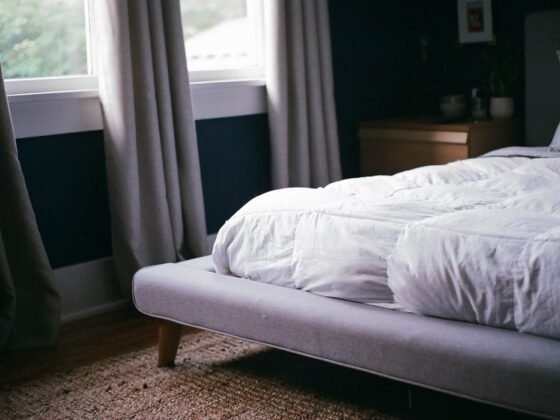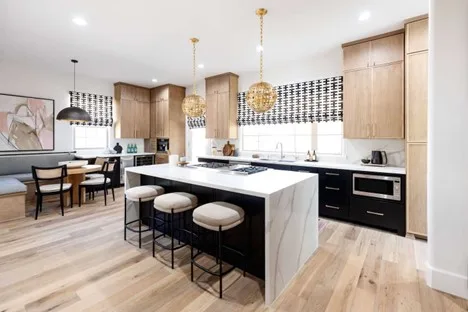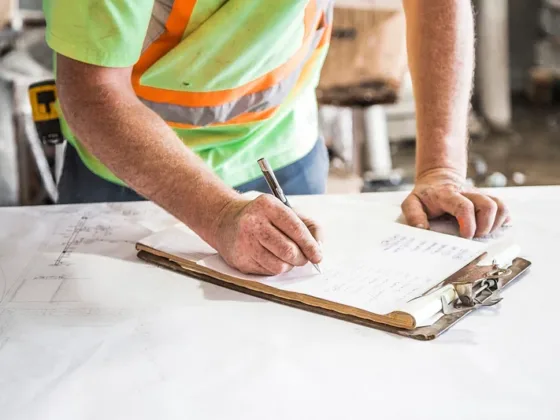Table of Contents Show
You might find yourself in need of more wall sockets in your home. Maybe you are refurbishing your home and considering adding electrical sockets to accommodate more appliances that you have acquired.
The job is not as challenging as it seems or as other people think. It is actually a DIY task that can be completed by following simple guidelines.
Just ensure you seek the correct guidance to allow adding more electrical sockets convenient.

Many people offer different directions when adding sockets. It is up to you to choose who you can trust, and who’s the procedure to follow.
It’s also important to identify whether the new location of the socket is practical and reachable.
Our technicians at TN Robinson have been supplying quality electrical supplies for the past century. We have extensive electricity and electrical product knowledge and experience, which has been passed on through generations.
Our guidance when moving electrical sockets from one section of a room to another is a great way of making use of wall sockets in your home.
Consider the following procedure and in just a few hours you’ll have working sockets in your house.
Safety
The first step when dealing with any electrical project is ensuring you and anyone else in the proximity is safe. To do this, turn off the power in your house.
- Find the consumer unit in your house and switch off the main power
- Remove the circuit fuse of the particular circuit you intend to work on
- Put the circuit fuse in your pocket to avoid losing it
- Confirm there’s no current by using a voltage tester or socket tester
Determine the Ideal Location for the Extra Socket Outlet
Once you have identified the best location for your socket.
- Find the height of existing outlets in your house
- Find how far the nearest existing socket is from your desired location
- Open the existing cover plate to measure the hole cut in the wall
Find an Opening Stud in the Wall
Most houses in the UK have studs placed 16 to 24 inches apart on walls. It is recommended that you attach a socket outlet to a stud for security and safety.
- Tap the wall lightly with a hammer for a hollow sound or use a stud finder
- Mark a point at the correct height between the 2 studs
Read Also:
Check for Existing Plumbing or Other Mechanical Items in the Wall
Ensure;
- There is no plumbing from toilets, showers, or sinks on the opposite wall
- No HVAC air ducts or returns are where you intend to add a socket
- No air return is in the same wall space of your desired spot for a socket
- Avoid grills up or at the bottom of the selected site
Identify your Power Source
There are two places to obtain the power for your new electrical outlet. You can run a wire directly from a circuit breaker or the nearest electrical outlet.
To make your work easy, look for the closest, most convenient place to get power from.
In addition:
- Ensure you take into account the existing load and the load you intend to add, to the existing branch circuit
- Make sure it is safe to add a socket by calculating the load (You might find that the most convenient source is not the safest)
Since the existing outlet already has its load calculated, running an extra outlet could potentially overload it. Therefore, it is recommended to use a new wire from the panel and install a new electrical outlet.
Should you find calculating the load is too daunting, our experts at TN Robinson are experienced in moving electrical socket outlets and can calculate them for you.
Cut the New Outlet Hole
- Use a marker to trace the outlet box on the wall where you intend to place it
- Cut through the wall material with a keyhole saw or any other appropriate material
- You might need to drill holes into the corners of your wall is plastered, then cut a hole with a reciprocating saw
Run the Wire to The New Outlet from the Power Source
To make your DIY job visually pleasing, it is better to minimize the number of holes or openings you make on your wall.
Find ways to use the attic or basement to extend the wire vertically from the power source. You could also use external alternatives such as conduit and wire mold.
A fish tape is also ideal when placed through the hole, for running the conductors to the new socket.
The alternative to the above methods is cutting a hole near the existing power source.
Pull the Wire Between the Two Locations
Check the circuit breaker to identify the correct amperage and use either 12- or 14- gauge wires. It shouldn’t be too hard to identify which wire to use but you can always use a sample of the existing wire, to buy a new one.
Please note that the conductor wires in the UK are Brown for life (pre-2004: Red). Blue for neutral (pre-2004: Black), Green/Yellow striped for earth (might be bare within sheathed cable) pre-1976: solid Green).
If your house was built before 2004 or 1976, identify the previous colors used.
Install the Outlet Receptacle at the New End
Pull the wires gently and connect them to the receptacle on the socket accordingly, then screw them tightly.
Install the Outlet Socket to the Cut in, with Provided Screws
Place the outlet box firmly in the hole on the wall and screw it to the stud found previously.
Install Wires at the Starting Outlet
Pick up the existing receptacle and remove it with the wires still intact. Match them up and connect them.
Finish
Place everything inside the hole in the outlet box and screw on the wall plate, of the socket outlet. You can use a multimeter to test the outlet before using it but it is at this point you can return the circuit fuse and switch everything on.
If the fuse doesn’t pop off then everything is installed properly.
At times, adding more electrical sockets to your home may be challenging. Do not let this give you a headache, our electrical technicians can help you.









